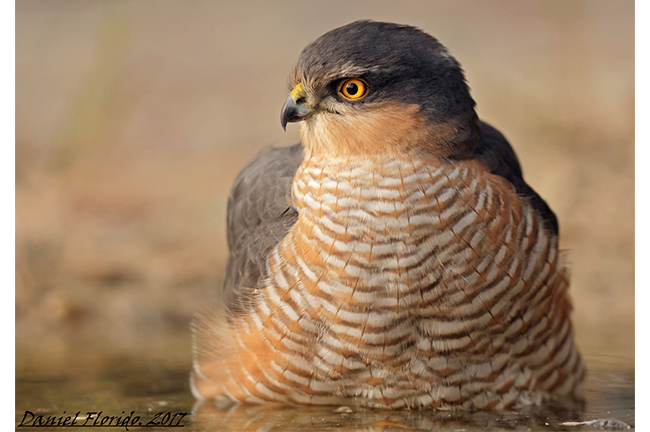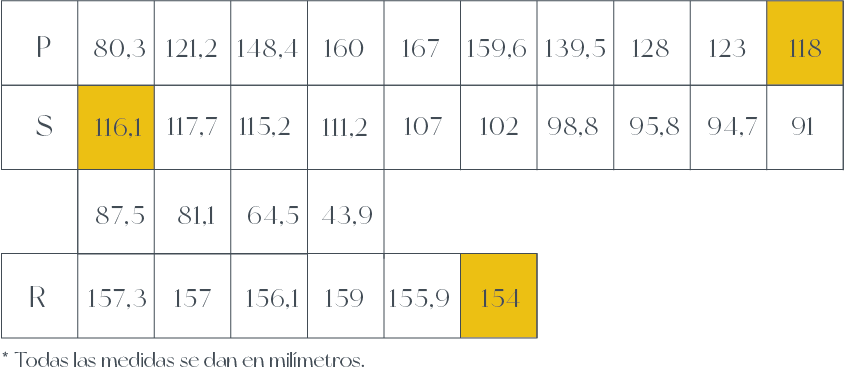Adult male specimen
1.- Left wing primaries. 2.- Details of the inner vane of P6, P7, P8, P9, and P10. 3.- Details of the inner vane of P1, P2, P3, P4, and P5. 4.- Left wing primaries. 5.- Details of the outer vane of primaries. 6.- Details of the tip of inner primaries. 7.- Details of the tip of outer primaries. 8.- Details of the shaft of primaries. 9.- Secondaries (S14-S8). 10.- Secondaries (S7-S1). 11.- Details of the inner vane of S3, S2, and S1. 12.- Details of the inner vane of S10, S9, and S8. 13.- Details of the inner vane of S13, S12, and S11. 14.- Left wing secondaries and tertials. 15.- Details of the outer vane of secondaries. 16.- Details of the tip of secondaries. 17.- Details of the shaft of secondaries. 18.- Details of the tertials. 19.- Left wing primaries, secondaries, and tertials. 20.- Left wing primaries, secondaries, and tertials. 21.- Details of the primaries. 22.- Primaries, secondaries, and tertials. Primary coverts and greater coverts. 23.- Details of primary coverts. 24.- Details of the tip of primary coverts. 25.- Details of greater coverts. 26.- Primaries, secondaries, and tertials. Primary coverts, greater coverts + median coverts. 27.- Details of median coverts. 28.- Primaries, secondaries, tertials. Primary coverts and secondary coverts (G, M, and L). Alulas. 29.- Details of secondary coverts. 30.- Primary coverts. 31.- Greater coverts. 32.- Alulas. 33.- Rectrices. 34.- Details of the inner vane of rectrices. 35.- Rectrices. 36.- Details of the tip of rectrices. 37.- Details of rectrices. 38.- Details of the shaft of rectrices. 39.- Rectrices + uppertail coverts. 40.- Details of uppertail coverts. 41.- Uppertail coverts. 42.- Rectrices + undertail coverts. 43.- Details of undertail coverts. 44.- Undertail coverts. 45.- Assembly of the left scapula. 46.- Feathers of the left scapula. 47.- Left primary infracoverts. 48.- Greater left secondary ingracoverts. 49.- Left axillary feathers. 50.- Left wing separators. 51.- Assembly of the left flank. 52.- Feathers of the left flank. 53.- Assembly and feathers of the back. 54.- Top: Feathers of the chest. Bottom: Feathers of the belly. 55.- Feathers of the left thigh. 56.- Feathers of the left auricle. 57.- Assembly and feathers of the throat. 58.- Assembly and feathers of the crown.


